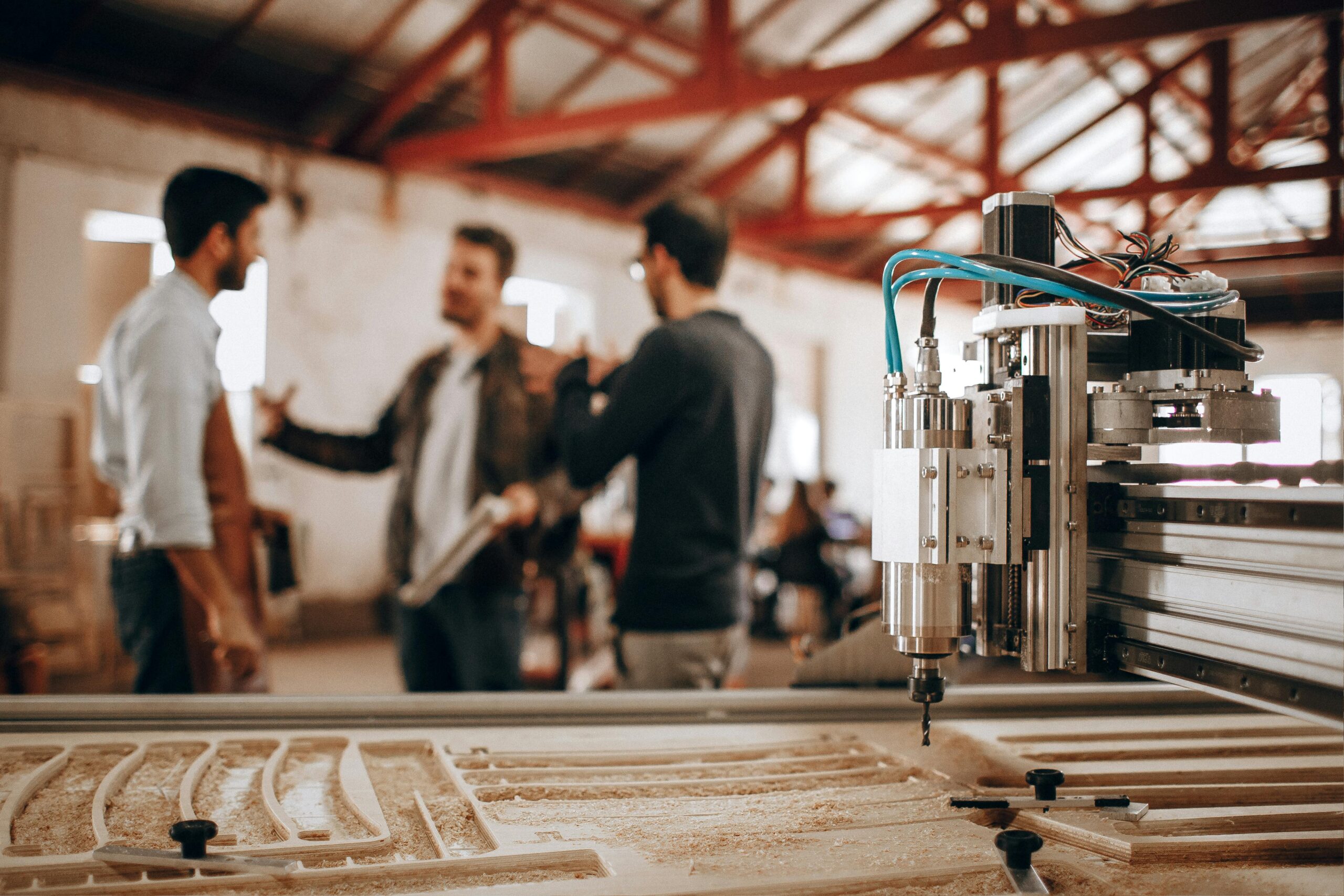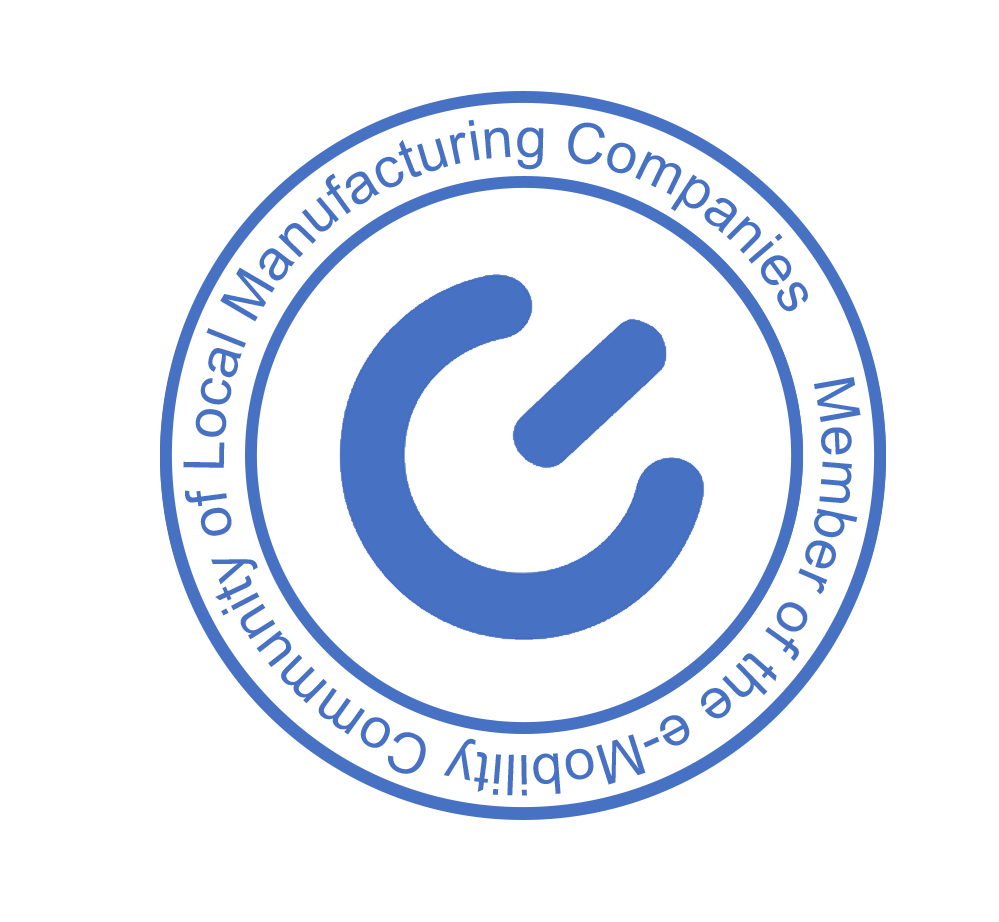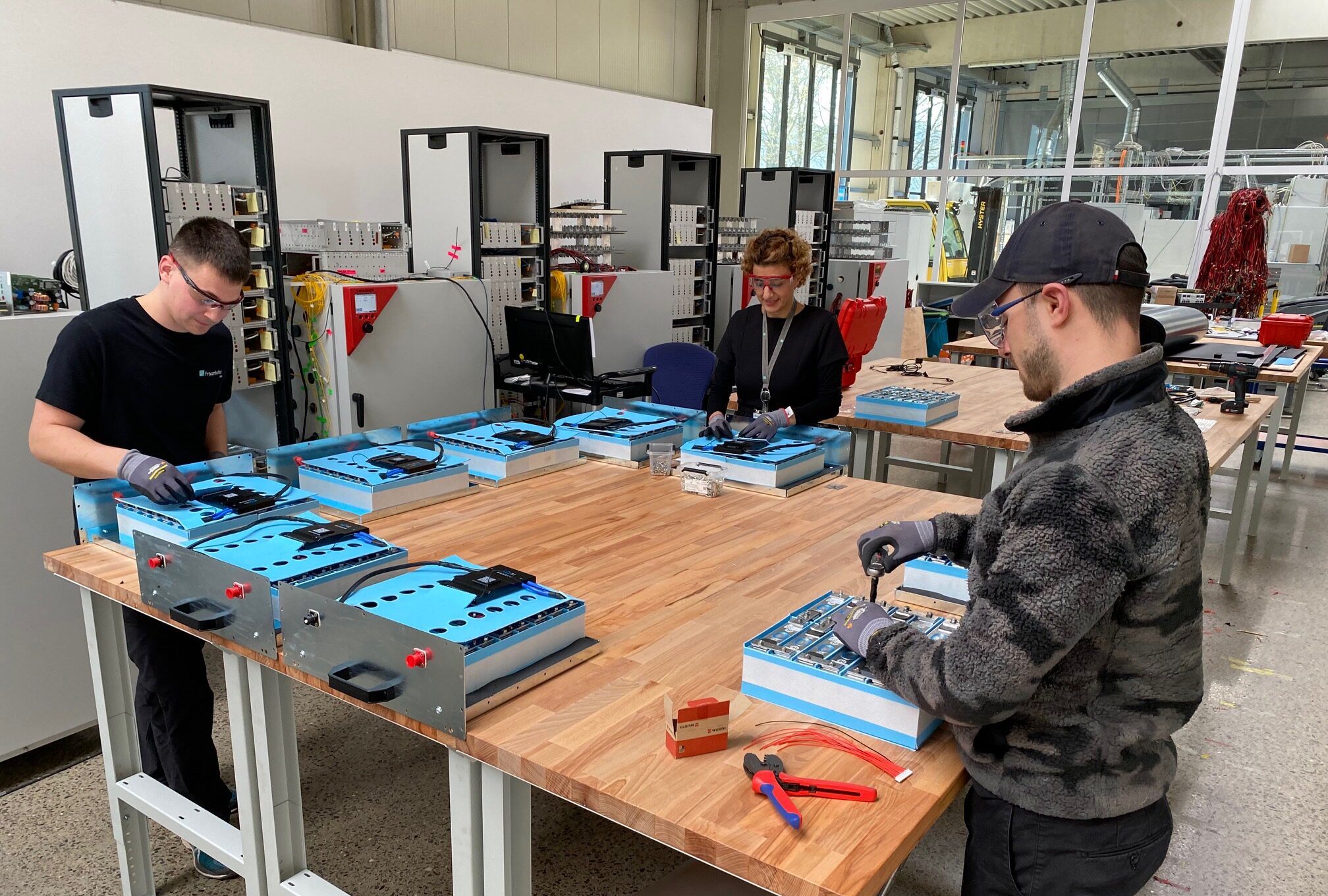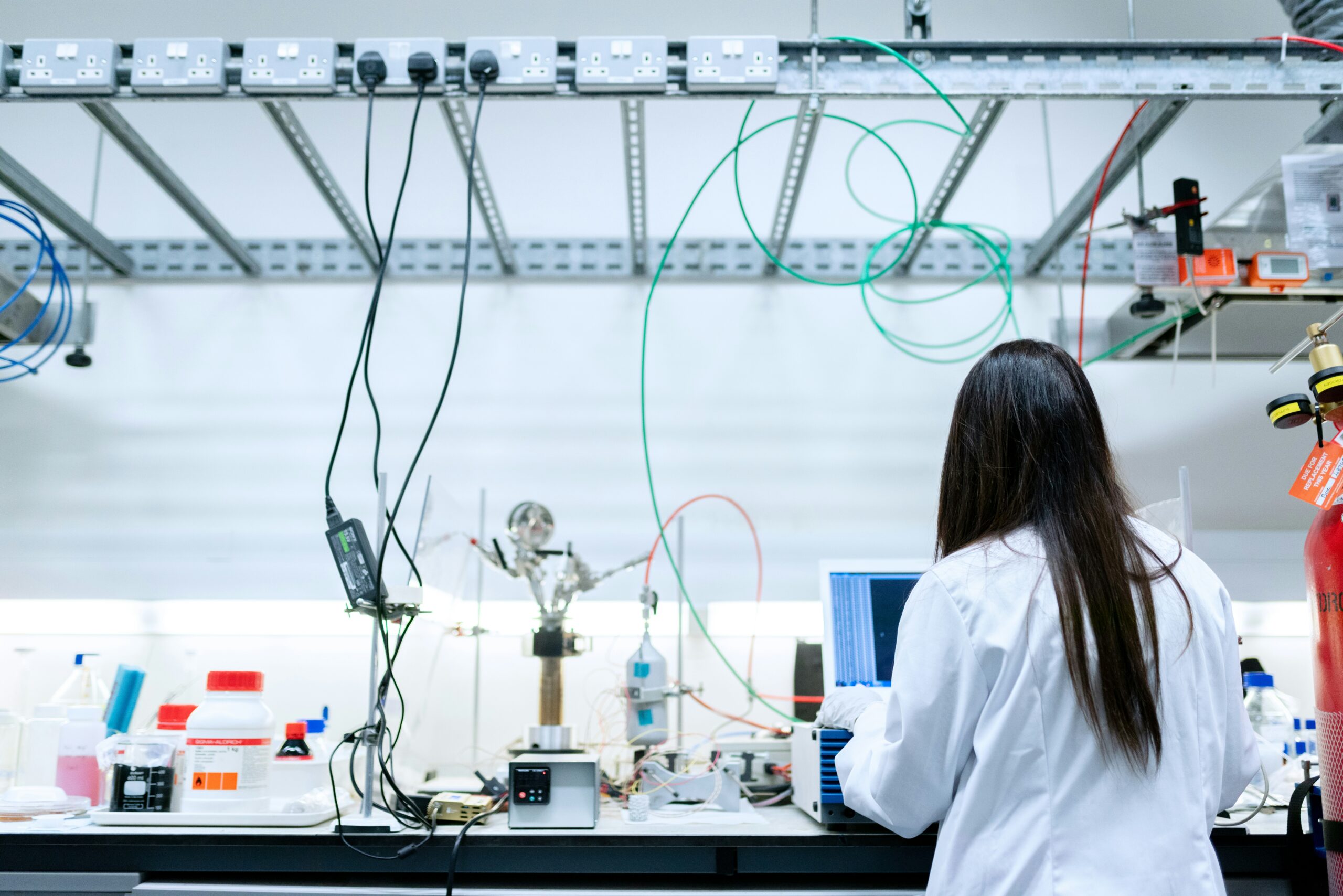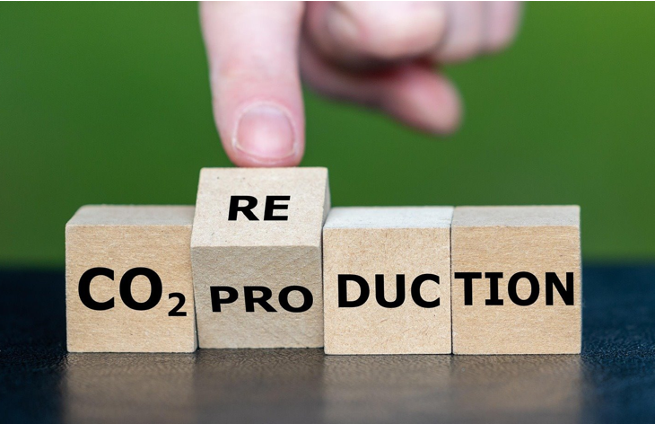Local Production & Shared Scale
The UEV Concept
UEV’s concept brings together local manufacturing, standardized energy, and a shared innovation network: so affordable, reliable e-mobility can be built where it’s needed most.
Scaling with Africa’s Growth
Africa’s demand for vehicles will multiply sixfold by 2050. UEV harnesses economies of scale to cut costs and deliver affordable mobility for this fast-growing market.
Local Pride, Local Production
Each market deserves its own brand. UEV enables local production, creating jobs, reducing imports, and turning national pride into industry strength.

